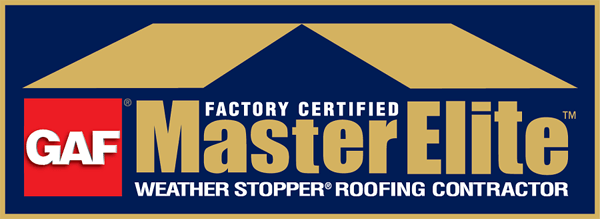Keeping one’s home dry and free from weather damage all starts with the roof. How well your roof is sealed in certain areas can determine whether or not you will experience leaks or water damage during inclement weather. Roof flashing is the best way to make sure no excess water or moisture leaks into your home through your roof. It also helps protect vulnerable places on your roof from the forces of gravity over time, the pressures of surface tension, and even wind interference.
Where to Place Roof Flashing
Only certain areas around your roof will benefit from roof flashing. Since every home is different, you may have some additional areas on your roof that will need flashing. If you are unsure whether or not parts of your roof will need flashing, be sure to consult an expert in your area to help.
In Valleys
Roof flashing is especially important for any valleys in your roof. Wherever two sections of your roof meet, causing a valley, there is bound to be water build up in those areas. With roof flashing, the water is directed off of the roof.
Around Chimneys
The seams around the chimney on one’s roof can be vulnerable to leaks. Making sure these areas are protected with roof flashing will help reinforce the seams around the chimney and prevent leaks. Installations for roof flashing around chimneys is usually done with a method called step flashing. First, L-shaped pieces are placed around the edge of the chimney. Then, a second layer is placed and folded down over the step flashing to reinforce it.
Around Skylights
Be sure to place roof flashing around skylights, as well. These can be especially leak-prone areas. Make sure the edges around any skylights on your roof have properly placed flashing done with durable and weather-resistant materials.
Around Dormers
Dormers are structures that stick out from the roof and usually contain a window. Since dormers can add additional edges and valleys to one’s roof, it is important to place roof flashing around them.
Roof Flashing Materials
Copper
The most expensive material you can purchase for the purposes of roof flashing is copper. Copper roof flashing looks great on higher-end homes or historic homes. This type of flashing is ideal for these types of homes, as well as for homeowners that want the look and durability of copper flashing.
Lead
Lead roof flashing is great for smaller and harder to reach places on your roof. Lead materials are easy to bend and shape in place, while still being very durable.
Metal
Sheet metal is another material that is often used for roof flashing. In fact, it is one of the most common roof flashing materials available. Metal flashing not only looks great, but is affordable for most homeowners. You can choose between steel, zinc, or aluminum roof flashing options.
Rubber
The cheapest material you would want to use for roof flashing is rubber or plastic. Note, however, that as the cheapest roof flashing material, rubber is also the least stable. It is likely that rubber roof flashing will need to be replaced within a couple of years or sooner depending on the weather conditions in the area. If you are looking for a longer lasting roof flashing material, choose an option other than rubber.
Get Professional Assistance with Roof Flashing Today!
For all your roof flashing needs in the Portland-Metro area, contact Evergreen Renovations & Roofing, Inc. Our professional roofers can help you with all your roof flashing needs! We offer affordable pricing for roofs of all sizes. Call today for a free estimate for your roofing requests.
Contact One of Our Roofing Specialists Today



